1. Basic Concepts of Drone Motors
1.1 The Core Positioning of the Power System
Drone motors are the "heart" of the flight platform. Performance parameters such as power, torque, and efficiency directly affect three key indicators of the aircraft:
· Lift Threshold: The maximum thrust of a single motor determines the drone's maximum takeoff weight.
· Energy Efficiency: Thrust generated per watt of power significantly impacts flight endurance.
· Dynamic Response: The acceleration and deceleration speed of the motor influences flight maneuverability.
Physically, drone motors are electromechanical energy conversion devices based on Maxwell's equations, integrating multidisciplinary knowledge such as electromagnetism, mechanics of materials, and thermodynamics. Take a typical brushless motor as an example, its energy flow path is:
Battery electrical energy → Electronic Speed Controller (ESC) frequency conversion modulation → Stator winding alternating magnetic field → Rotor permanent magnet electromagnetic torque → Propeller mechanical kinetic energy.
1.2 Analysis of Key Technical Parameters
Parameter Name | Physical Significance | Typical Unit of Measurement |
KV Value | No-load speed per volt (Speed = KV × Voltage) | RPM/V |
Maximum Power | The maximum input power the motor can withstand short-term (overheating occurs beyond this value) | W (Watt) |
Maximum Thrust | The maximum lift generated when the motor drives a specific propeller (positively correlated with KV value and propeller size) | gf (Gram-force)/N |
Efficiency Curve | A curve of the ratio of output power to input power varying with speed (peak efficiency typically occurs at 70%-80% of rated speed) | % |
Operating Temperature Range | The temperature range in which the motor can operate stably (generally -20°C to 60°C; high temperatures pose a demagnetization risk) | °C |
2. Main Types and Technical Characteristics of Drone Motors
2.1 In-depth Analysis of DC Motors
2.1.1 Brushed DC Motors: The Survival Space of Traditional Technology
Although brushed DC motors are gradually declining, they still have application value in specific scenarios:
· Technical Characteristics:
· Mechanical commutator design offers simple structure and easy maintenance.
· Cost is only 1/3 to 1/2 of brushless motors with the same power.
· Short lifespan due to brush wear (typically less than 50 hours).
· Low energy efficiency (maximum about 75%).
· Typical Applications:
· Children's toy drones (e.g., Syma X5C).
· Educational experiment drones (easy to disassemble for learning motor principles).
· Micro air vehicles (below 100g class, such as early prototypes of Black Hornet).
2.1.2 Brushless DC Motors: The Absolute Mainstream of Modern Drones
· Core Technological Breakthroughs:
· Electronic commutation technology: Achieved via Hall sensors or sensorless algorithms (e.g., back electromotive force detection).
· Outer rotor structure innovation: Rotor-enclosed stator design increases moment of inertia and torque output.
· Material upgrades:
· Stator: Laminated silicon steel sheets (reducing iron loss) and densely wound enameled wires (improving slot fill factor).
· Rotor: N52 neodymium-iron-boron permanent magnets (remanence density >1.4T).
2.2 Professional Application Scenarios of Special Motors
2.2.1 Stepper Motors: Precision Choice for Micron-level Control
· Technical Advantages:
· Step angle accuracy up to 1.8° (0.002° under microstepping drive).
· Holding torque maintains position when power is off.
· Limitations:
· Low power density (typically <100W/kg).
· Significant torque decay at high speeds.
· Typical Cases:
· Medicine dispensing mechanisms in medical drones (e.g., Zipline's drug delivery system).
· Robot arm joint drives in industrial inspection drones.
2.2.2 Servo Motors: Benchmark of Dynamic Control
· Closed-loop Control Architecture: Encoder feedback → Controller (PID algorithm) → Power amplifier → Motor body.
· Key Performance Indicators:
· Speed fluctuation: <±0.1% of rated speed.
· Positioning accuracy: ±0.01mm with ball screws.
· Industry Applications:
· Professional aerial photography drones (e.g., Freefly Alta 8's gimbal system).
· Automatic loading/unloading mechanisms in logistics drones.
3. In-depth Analysis of Working Principles
3.1 Electromagnetic Dynamics Model of Brushless Motors
· Three-phase Winding Energization Logic: The Electronic Speed Controller (ESC) sequentially switches on MOSFETs according to a 6-step commutation logic. Six commutations are completed per 360° electrical angle to form a rotating magnetic field. The synchronous speed formula is:ns=p60f
(where f is the power frequency and p is the number of pole pairs).
3.2 Energy Loss and Thermal Management
· Composition of Power Losses:
· Copper loss (stator winding resistance heating, ~60-70%).
· Iron loss (hysteresis and eddy current losses in silicon steel, ~20-25%).
· Mechanical loss (bearing friction, wind resistance, ~5-10%).
· Evolution of Heat Dissipation Technologies:
· Early stage: Natural cooling (relying on housing surface area).
· Intermediate stage: Active cooling (built-in fan + heat fins).
· Cutting-edge: Micro-channel liquid cooling (e.g., Parrot Anafi Thermal's motor cooling system).
4. Selection and Matching Guidelines for Drone Motors
4.1 Five-element Selection Method
4.1.1 Mission Requirement Analysis
· Aerial photography drones: Prioritize low vibration (affects image stability).
· Agricultural 植保 drones: Require high load capacity (single-motor load ≥5kg).
· Racing drones: Pursue high power density (>2000W/kg).
4.1.2 Propeller Matching Principles
Motor-KV Value-Propeller Size Triangular Relationship:
Application Scenario | Recommended KV Range | Propeller Size | Typical Matching Case |
Micro Drone | 2000-4000 RPM/V | 3-5 inches | BetaFPV Beta75X |
Consumer Aerial Photography | 800-1500 RPM/V | 8-10 inches | DJI Air 2S |
Industrial Logistics | 300-600 RPM/V | 12-16 inches | Yuneec H520 |
4.1.3 Power System Matching Calculation
· Key Formulas:
· Total thrust calculation:Ttotal=4×k×n2×D4
(where k is the thrust coefficient, n is the rotational speed, and D is the propeller diameter).
· Endurance estimation:t=PtotalV×Ah×η
(where V is battery voltage, Ah is battery capacity, and η is motor efficiency).
5. Maintenance and Fault Diagnosis of Drone Motors
5.1 Daily Maintenance Procedures
Maintenance Item | Operation Key Points | Cycle |
Bearing Lubrication | Use high-temperature lithium-based grease, applied to 1/3 of the bearing cavity | Every 20 hours |
Winding Insulation Test | Measure insulation resistance ≥20MΩ with a 500V megohmmeter | Monthly |
Dynamic Balance Calibration | Ensure propeller dynamic balance error <5mg·cm | Each time the propeller is replaced |
5.2 Typical Fault Diagnosis
Fault Symptom-Cause-Solution Comparison Table:
Fault Symptom | Possible Cause | Solution |
Motor Not Rotating | Hall sensor damage | Replace sensor |
Abnormal Heating | Poor heat dissipation/overload operation | Clean cooling vents/reduce load |
Large Speed Fluctuation | Electronic speed controller failure | Calibrate ESC or replace |
Unusual Noise | Bearing wear/dynamic balance failure | Replace bearings/re-calibrate propeller |
6. Industry Application Cases of Drone Motors
6.1 Consumer Market: DJI's Technological Breakthrough
· Technical Highlights of DJI Mavic 3 Motors:
· Uses 2312 model outer rotor brushless motor with KV value 900 RPM/V.
· Innovative carbon fiber-reinforced nylon housing reduces weight by 15%.
· Built-in temperature sensor for real-time dynamic power adjustment.
6.2 Industrial Sector: XAG's Agricultural Innovation
· XAG P100 Pro Motor System:
· Single-motor maximum power 1500W, drives 16-inch plant protection propellers.
· IP67 waterproof rating adapts to high-corrosion pesticide spraying environments.
· Intelligent anti-winding technology: Motors can instantly reverse to clear tangled weeds.
7. Technical Development Trends and Future Prospects
7.1 Breakthroughs in Motor Body Technology
· Metamaterial Applications: Graphene coatings reduce winding resistance (target: 20% reduction in copper loss).
· Axial Flux Motors: Flat structure design reduces volume by 30% (e.g., Rolls-Royce's Spirit of Innovation project).
7.2 Intelligence and Integration
· Motor-ESC Integrated Design: Reduces connection losses and improves system efficiency by 5-8%.
· Edge Computing Capability: Built-in AI chips optimize control strategies in real time (e.g., energy efficiency management based on reinforcement learning).
7.3 Integration with New Energy Technologies
· Hydrogen Fuel Cell + Motor Systems: Endurance expected to exceed 10 hours (e.g., hydrogen-powered version of AeroVironment RQ-11S).
· Wireless Power Transfer: Drones can charge in real time via electromagnetic fields while hovering.

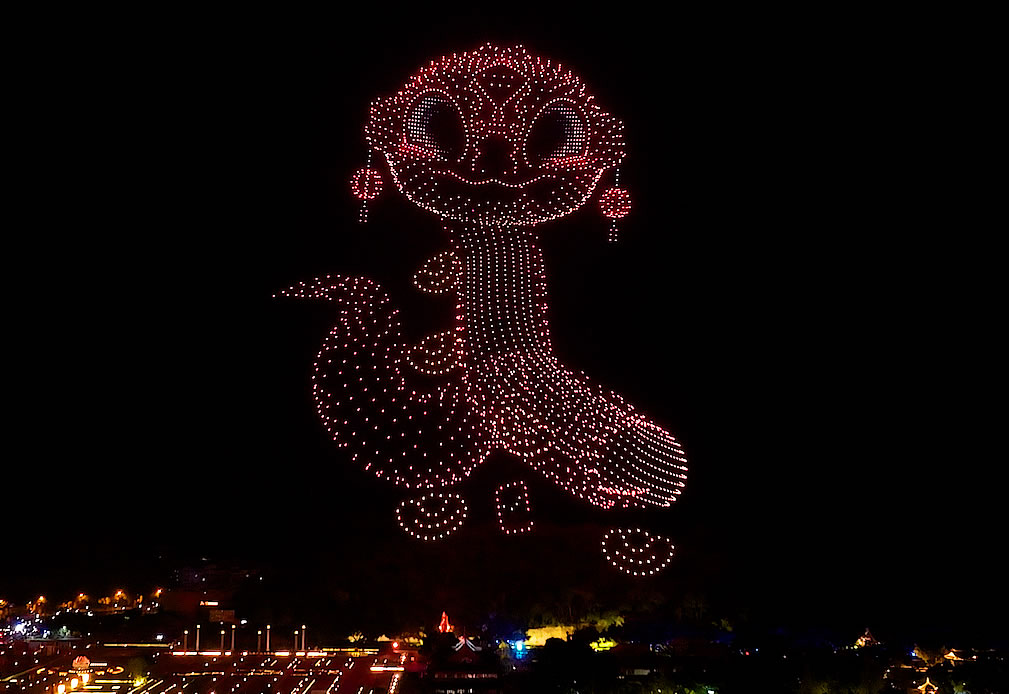


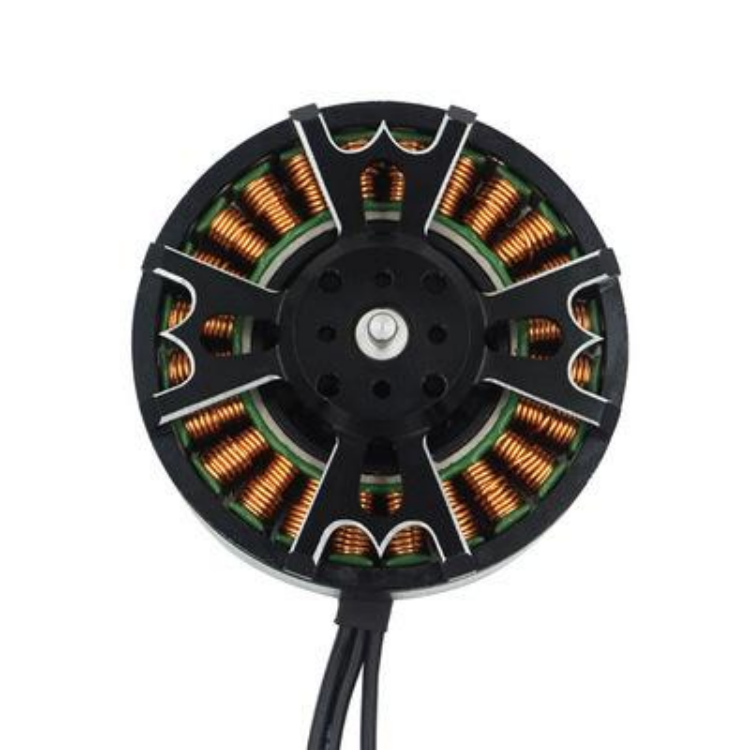
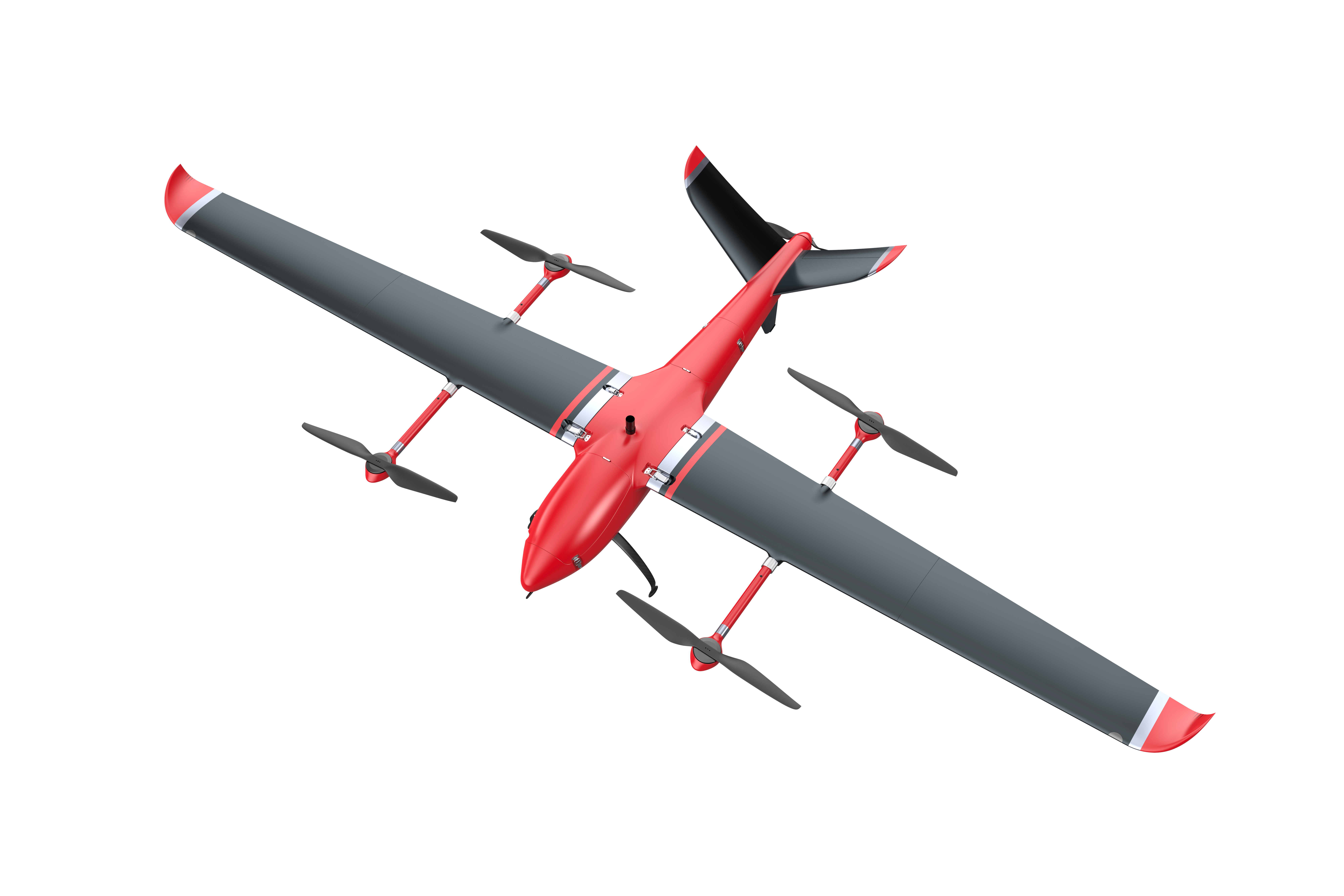
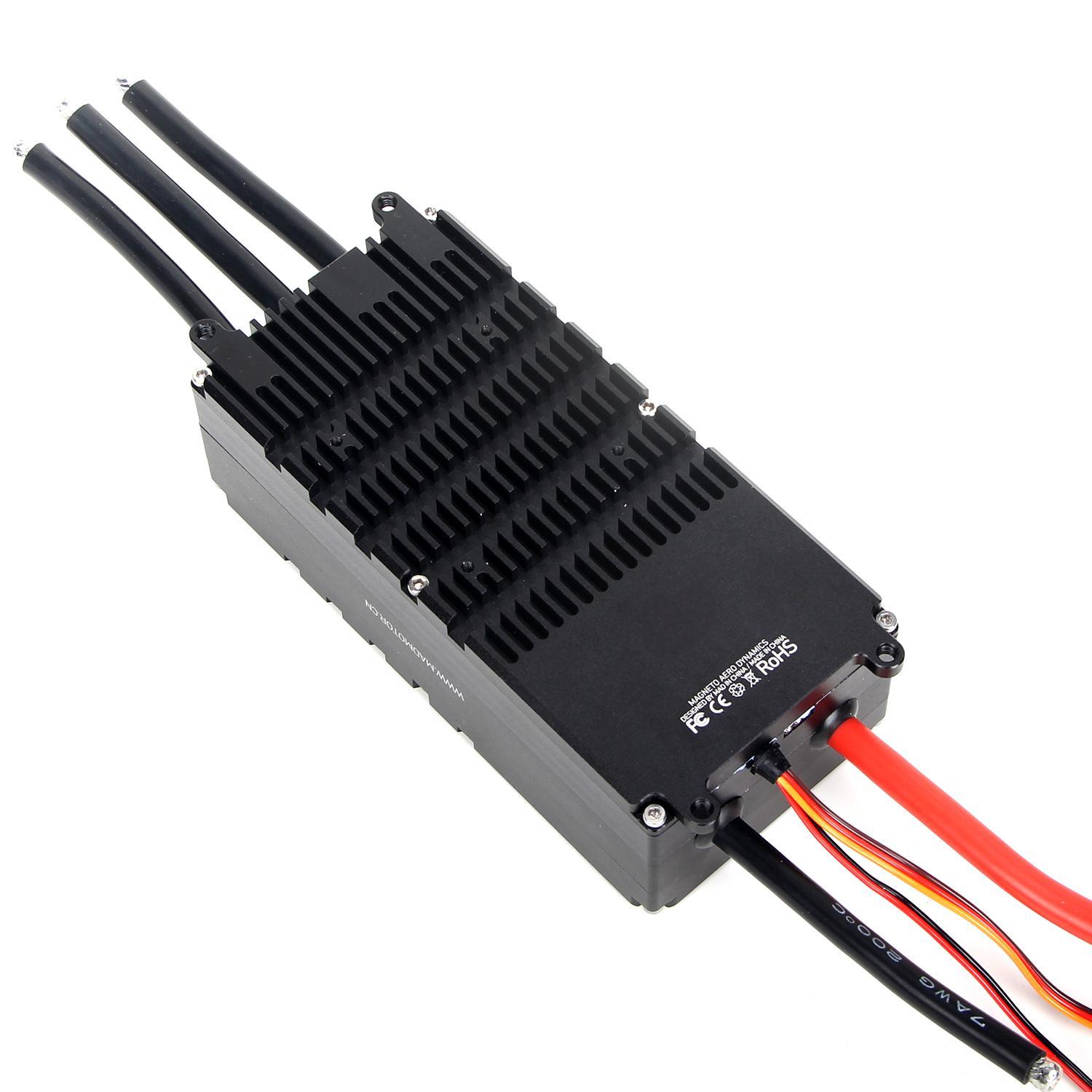
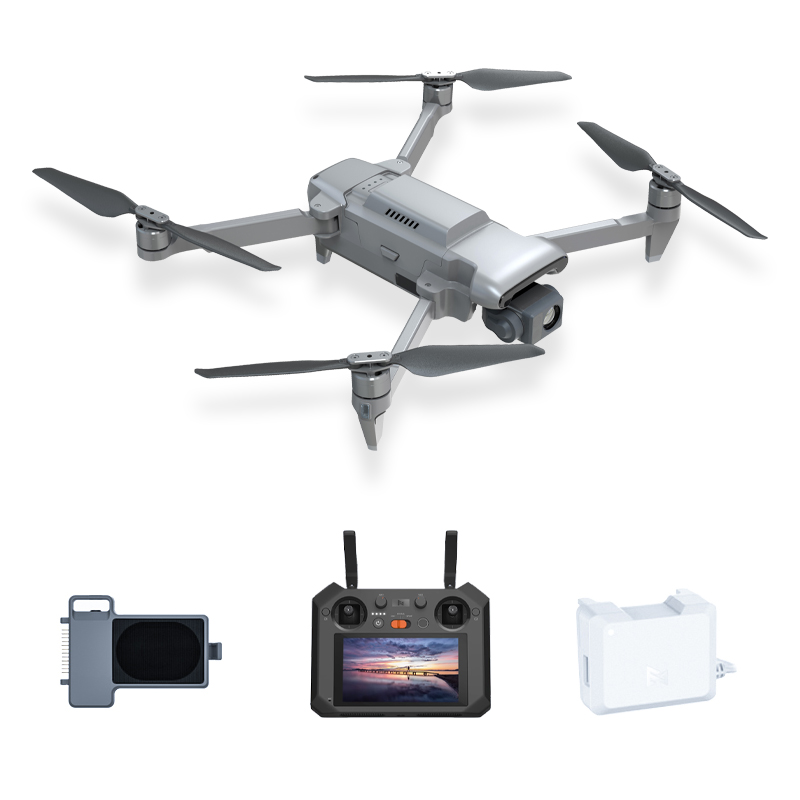

0 comments